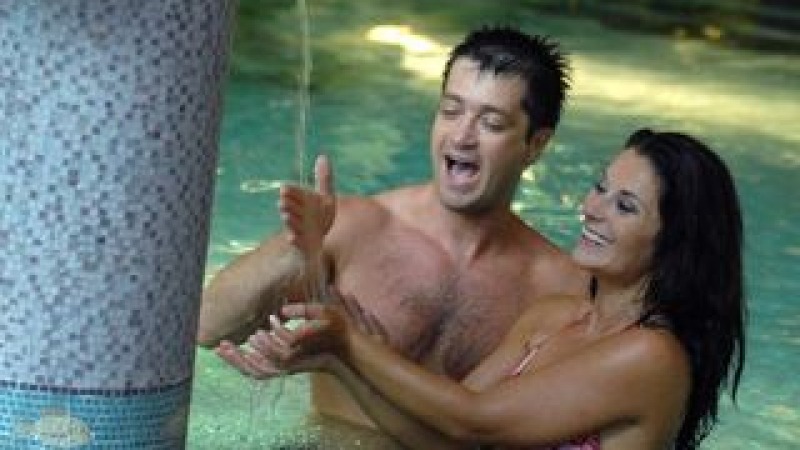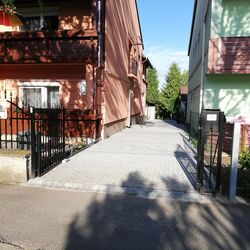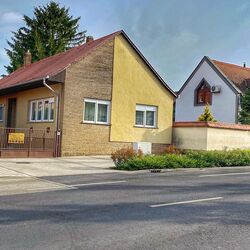Plunging into water with indifferent temperature (34 to 36ºC) is called immersion.
Immersion has various physiological impacts depending on the posture:
- Haemoid dilution (“dilution” of the blood).
- As a result of pressure change the lung’s breathing capacity decreases.
- Muscles of the body become relaxed.
- The buoyant force of water, which is based on the Archimedes law, decreases the weight of the body and movements in the water become easier.
- Water resistance can also be used for muscle training.
Impacts of hydrostatic pressure
- Compression impact on veins, peripheral (skin) arteries
- Decreases the chest and abdominal cavity volume
- Influences the breathing mechanics (breathing exercise)
- Improves kidney action
- Decreases the circumference of inflamed joints
Hydrotherapy temperature
Cold or hot water results in further reverse changes in metabolism and in the peripheral (mainly skin veins) circulation.
- In a cold bath veins are contracted, thus causing blood pressure increase, rhythm drop and coronary artery contraction in the body.
- In a hot bath the blood vessels widen, namely blood pressure increase and reflex-based, rapid cardiac action is experienced.
Water temperature related temperature sensation is very different for each individual.
In general 10 to 15ºC is very cold, 16 to 22ºC is cold, 23 to 33ºC is chilly, 37 to 38ºC is warm and over 39ºC is hot.
Hydrotherapy treatments: Weight bath, Underwater jet massage, Thermotherapy, Alternating bath, Kneipp foot bath, Hydro galvanic treatment





